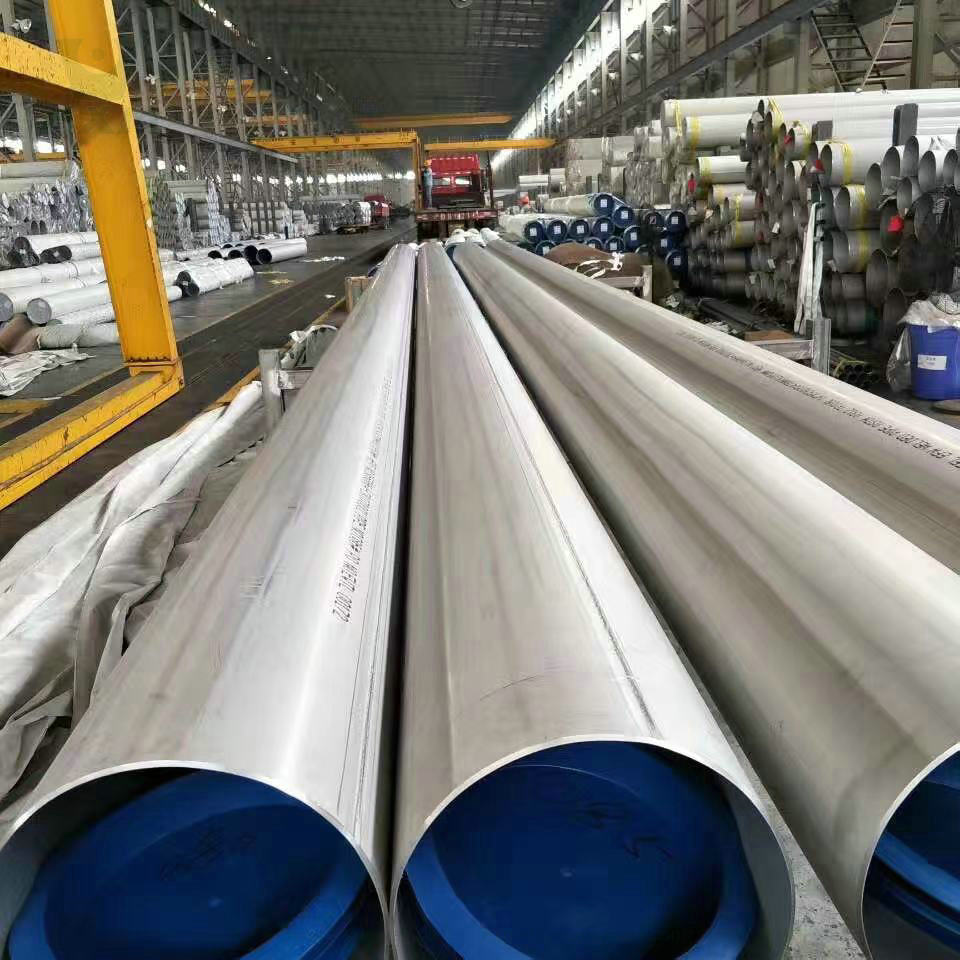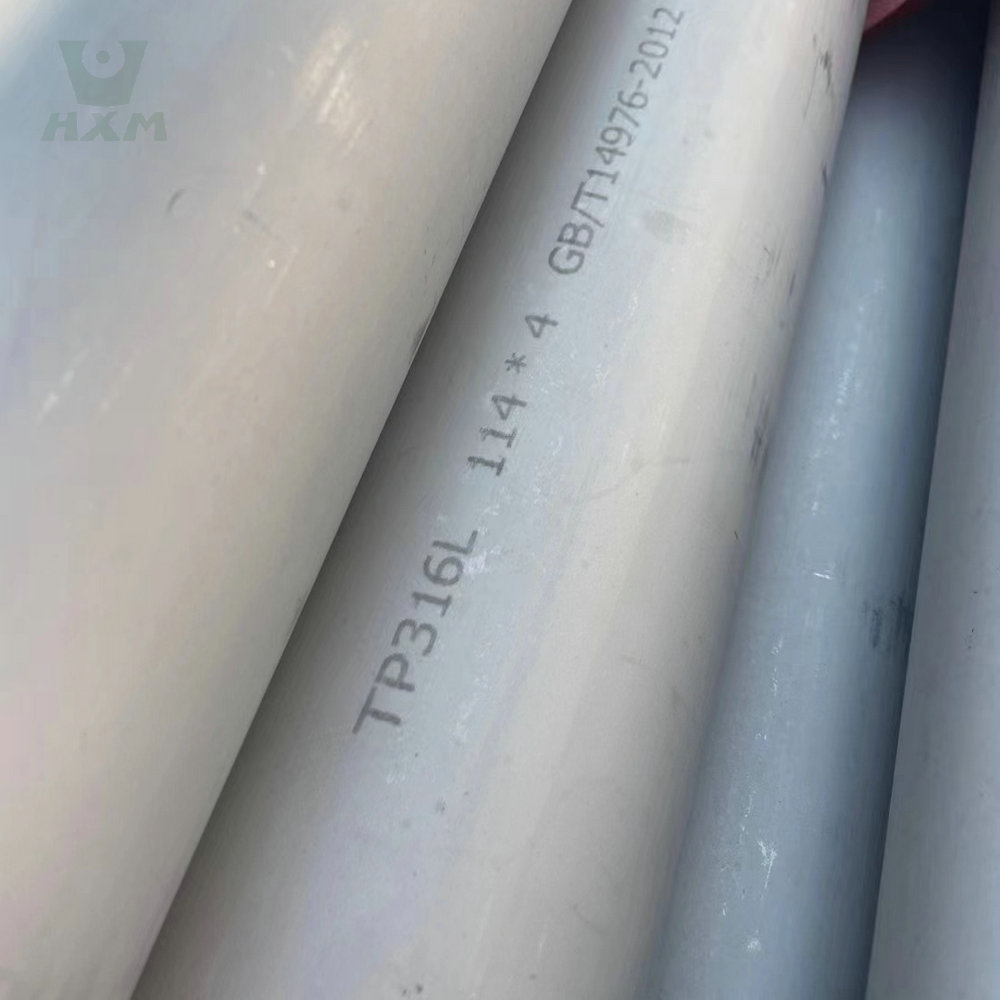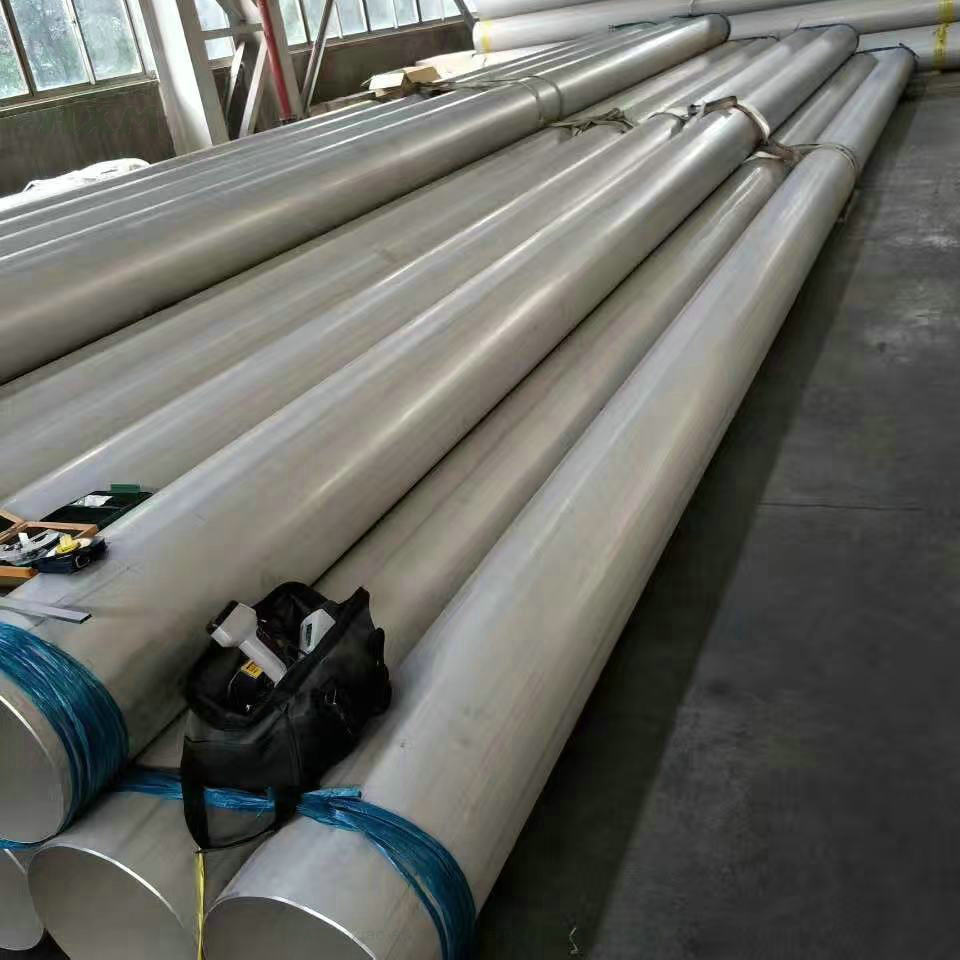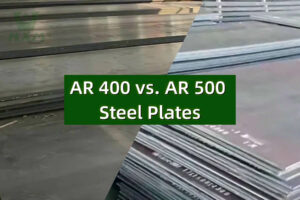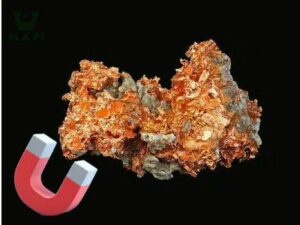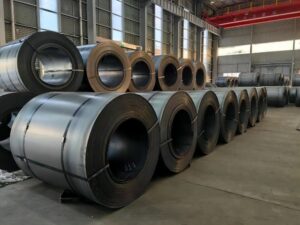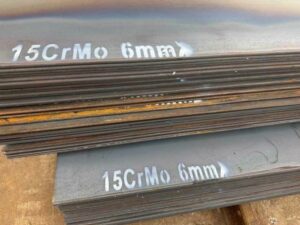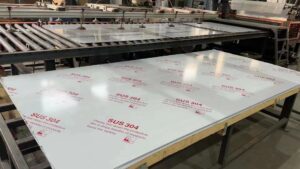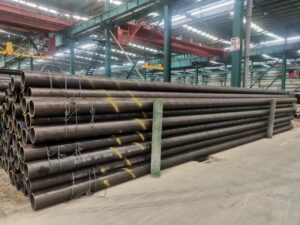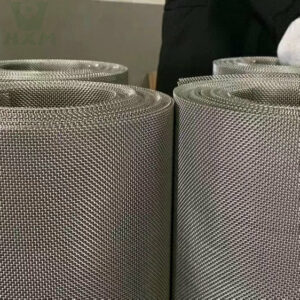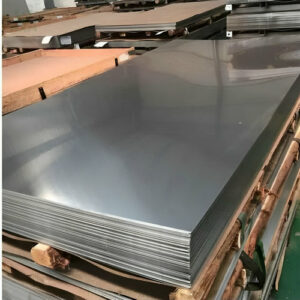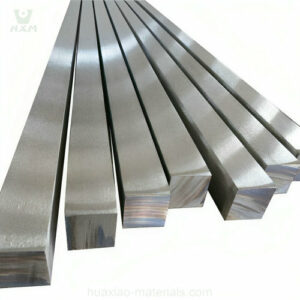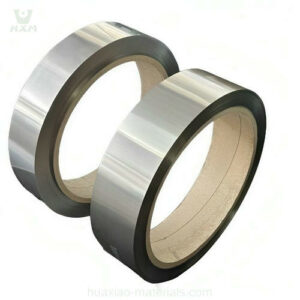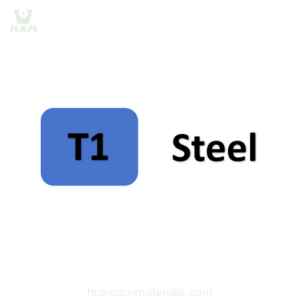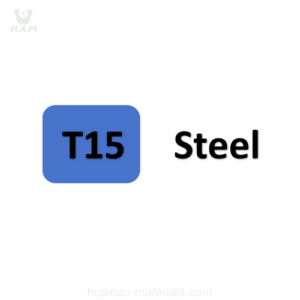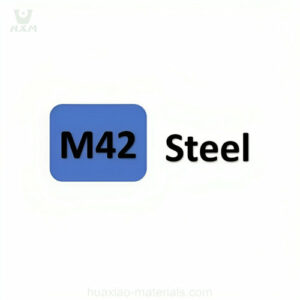When selecting 316L stainless steel pipes for your specific application, it’s important to consider several factors to ensure you choose the right pipes that meet your requirements. Here are the key factors to consider:
Corrosion Resistance: 316L stainless steel is known for its excellent corrosion resistance, especially in chloride-rich and acidic environments. Consider the level of corrosion resistance needed for your application, taking into account factors such as temperature, exposure to chemicals, and the presence of chlorides.
Application Environment: Identify the specific environment in which the pipes will be used, including factors like temperature, humidity, exposure to corrosive substances, and potential stressors. This will help determine the appropriate grade of stainless steel that can withstand the conditions.
Pressure and Temperature Requirements: Consider the operating pressure and temperature of the application. Different stainless steel schedules (wall thicknesses) are designed to handle varying pressure levels and temperature ranges.
Size and Dimensions: Choose the appropriate diameter and wall thickness of the pipes based on your application’s requirements. Ensure that the chosen pipes meet the size and dimensional specifications needed for your project.
Material Certification: Verify that the stainless steel pipes are manufactured according to relevant standards, such as ASTM, ASME, or other international standards. Request material certification to ensure quality and compliance.
End Connections: Determine the type of end connections needed for your application, whether they are butt-weld, threaded, flanged, or other types. Ensure that the pipes are available with the required end connections.
Surface Finish: Depending on your application’s aesthetic and functional requirements, you may need to choose a specific surface finish for the pipes. Common finishes include polished, brushed, and mill finishes.
Budget: Consider your budget constraints when selecting stainless steel pipes. Different grades and sizes can vary in cost, so choose pipes that meet your performance requirements while staying within your budget.
Longevity and Maintenance: Stainless steel pipes are known for their durability and low maintenance requirements. Consider how long you expect the pipes to last in your application and whether any maintenance considerations are involved.
Regulatory Compliance: Ensure that the selected stainless steel pipes comply with any relevant industry standards, codes, and regulations applicable to your application.
Supplier Reputation: Choose a reputable and reliable supplier with a track record of providing quality stainless steel products. Look for suppliers who offer proper documentation, material traceability, and excellent customer service.
Technical Support: Depending on your project’s complexity, you might need technical support from the supplier. Consider suppliers who can provide guidance on material selection, sizing, and installation.
Project Timeline: If you have specific project deadlines, make sure the chosen supplier can deliver the required stainless steel pipes within your timeline.
Customization: If your application requires custom pipe lengths, sizes, or configurations, inquire whether the supplier offers customization options.
By carefully evaluating these factors and consulting with knowledgeable suppliers, you can select the most suitable 316L stainless steel pipes that meet your performance, corrosion resistance, and budgetary requirements for your specific application.
